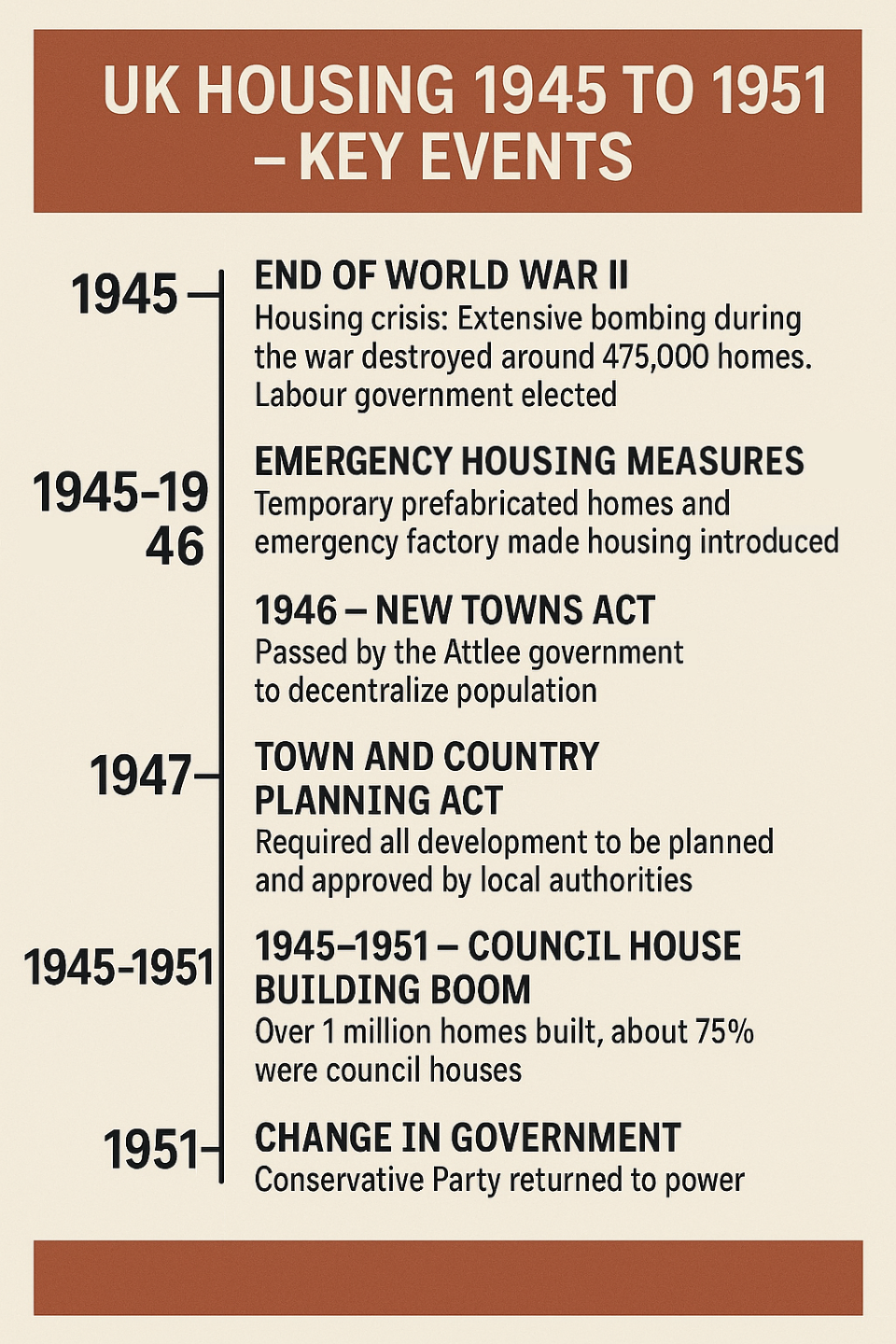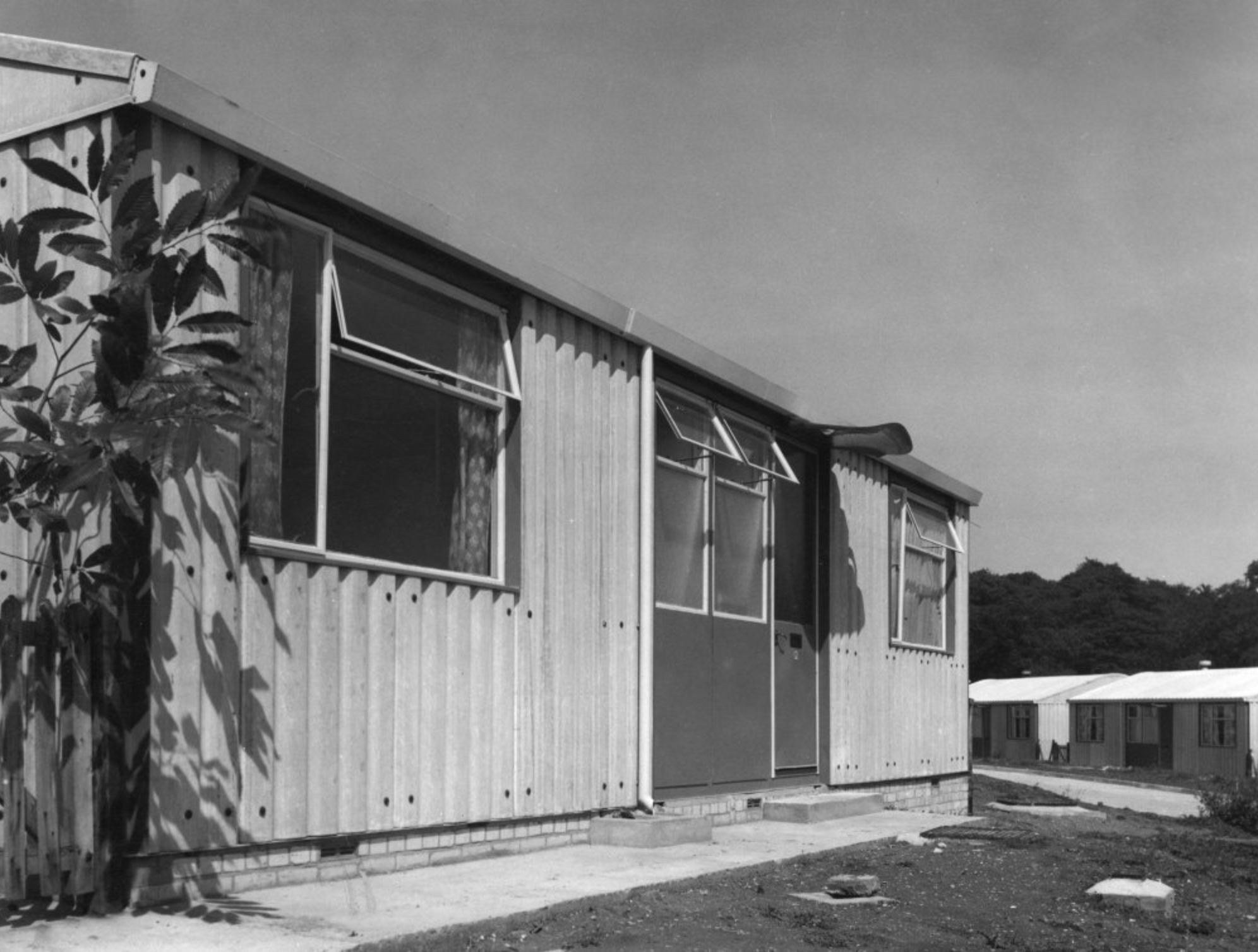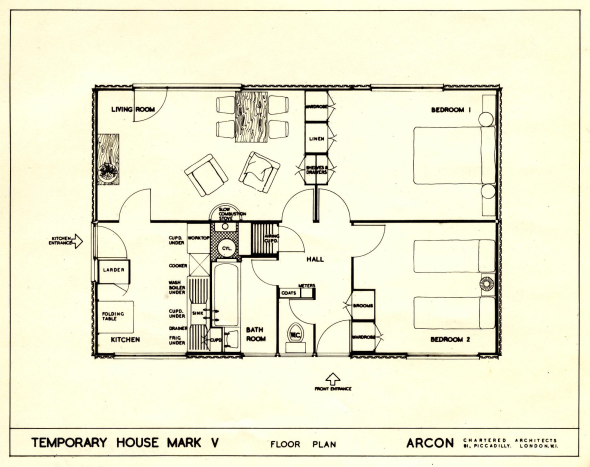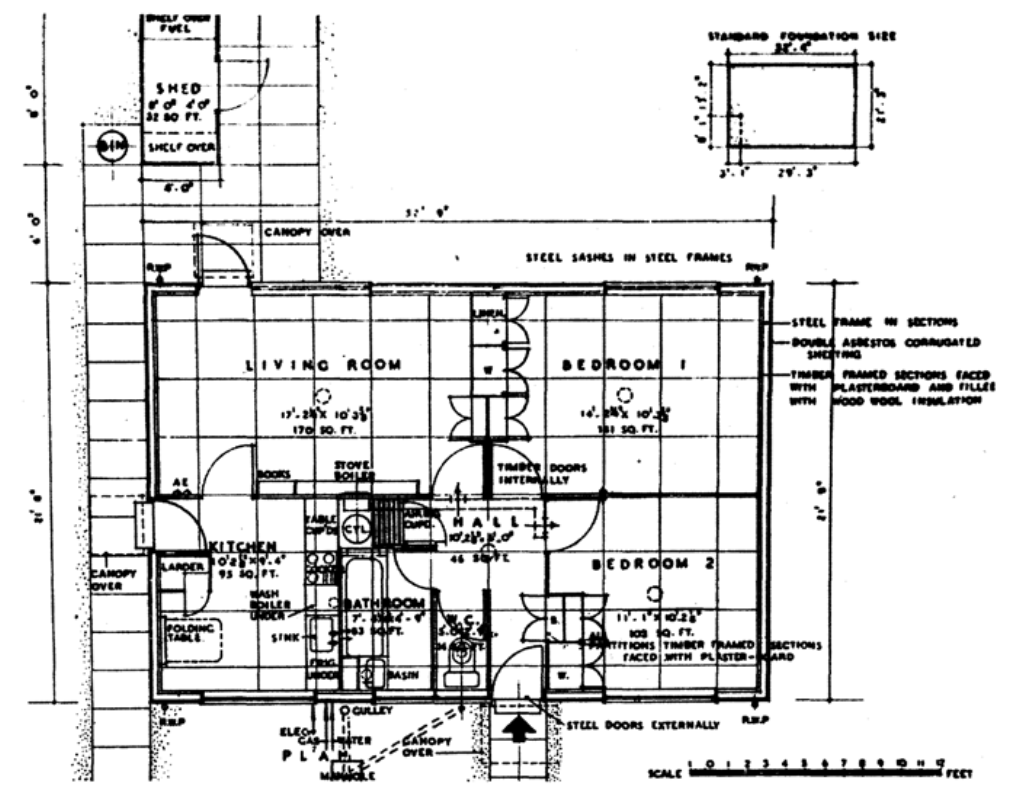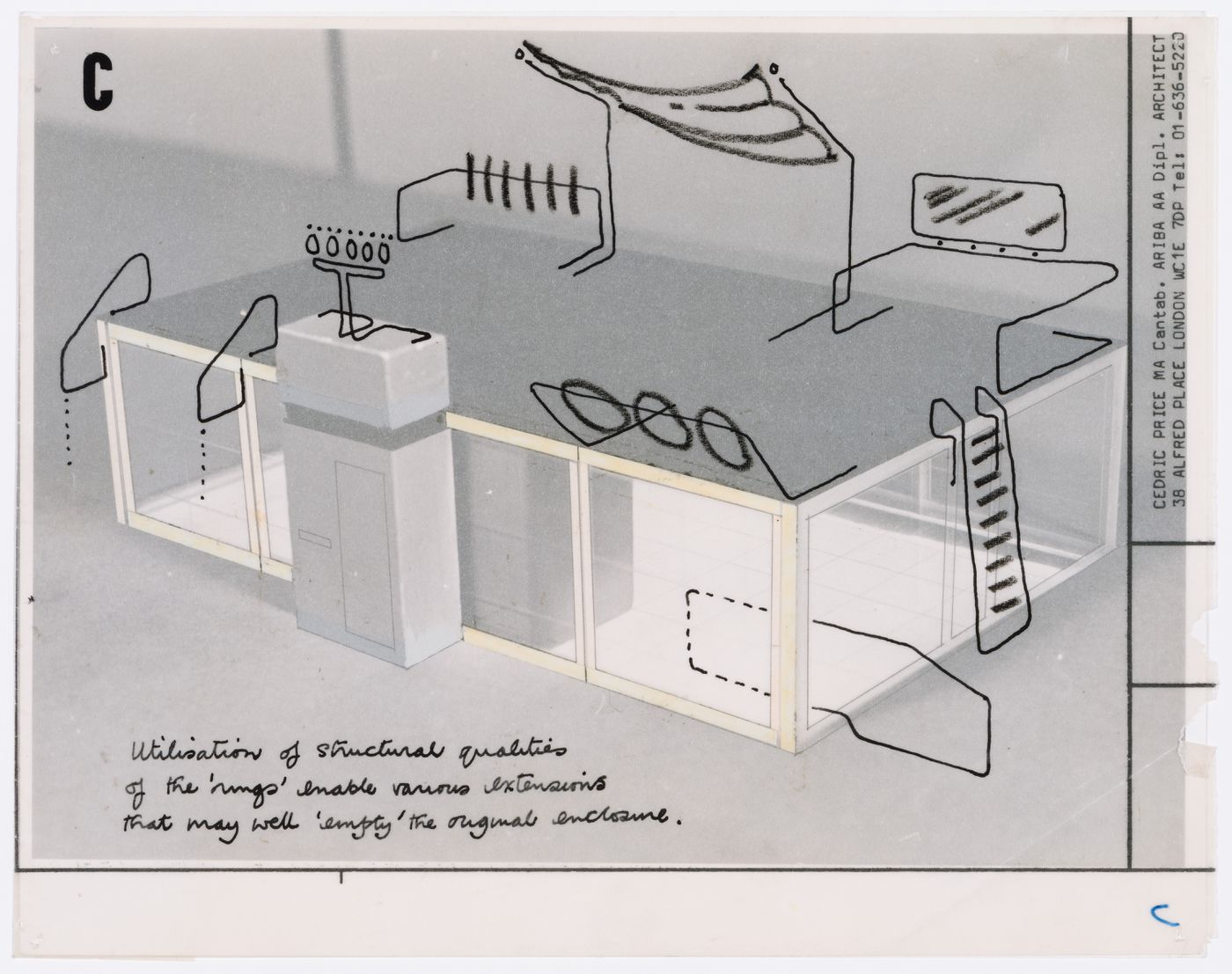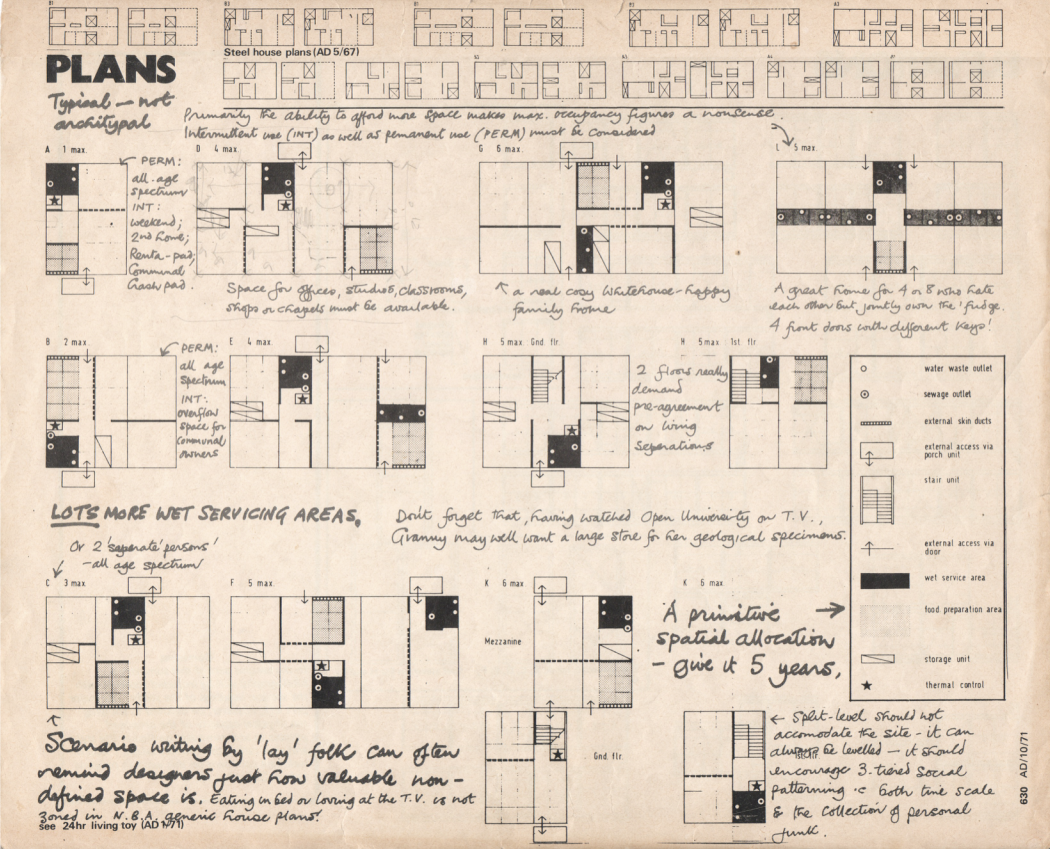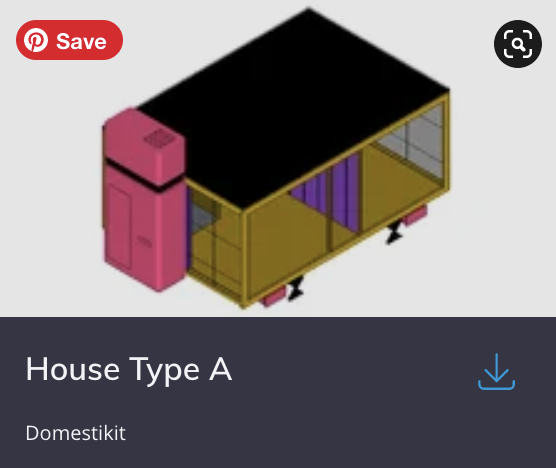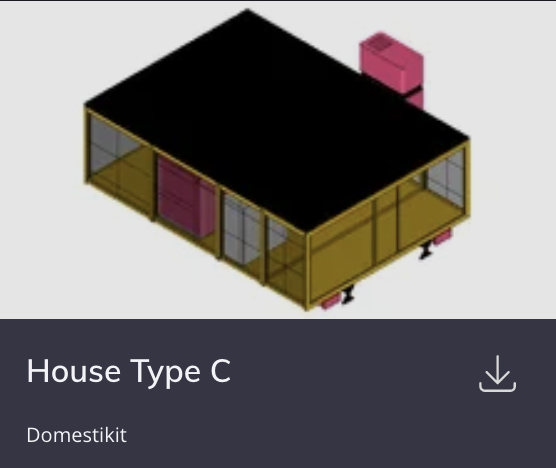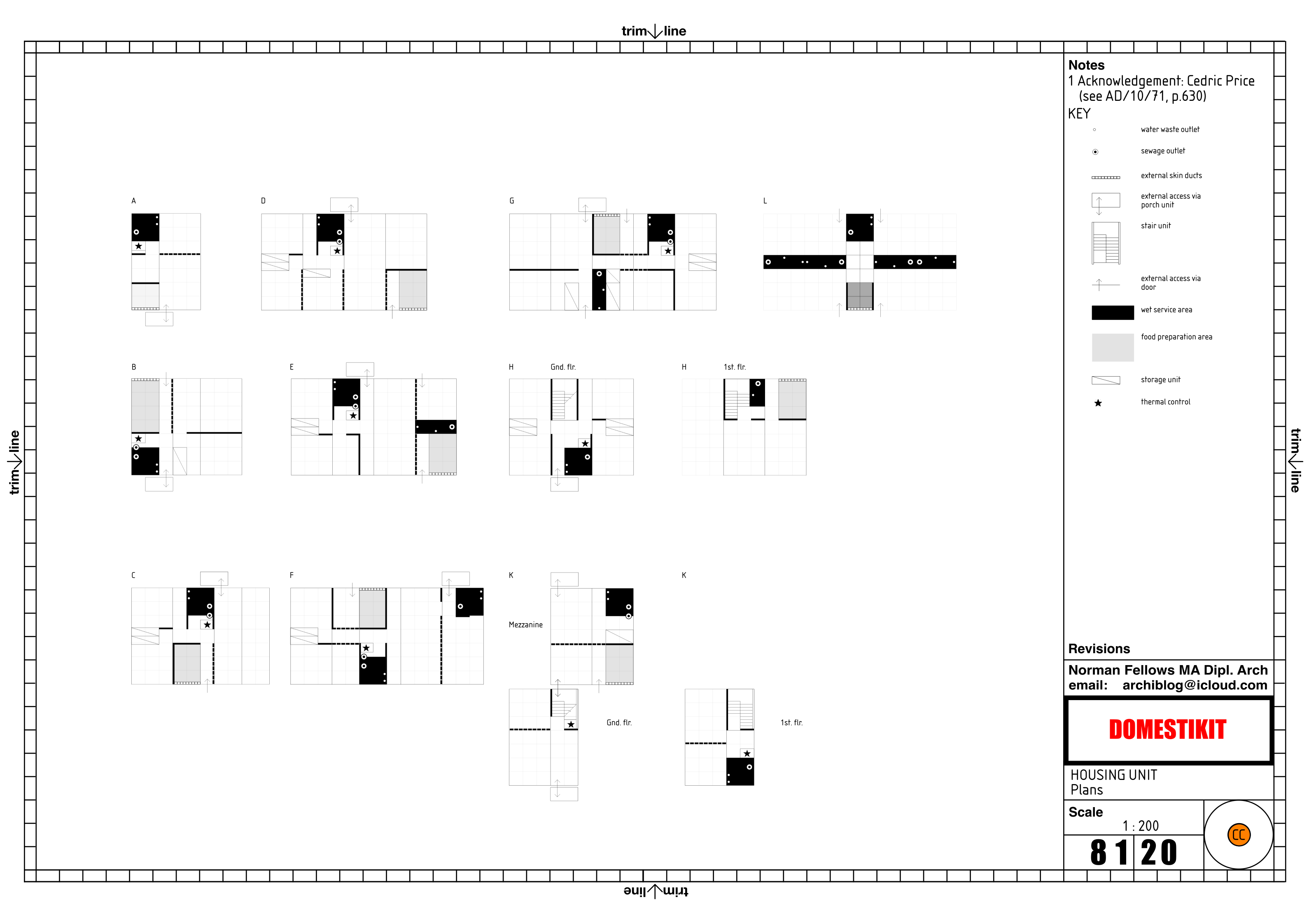HOUSING IN THE UK: Further ongoing research
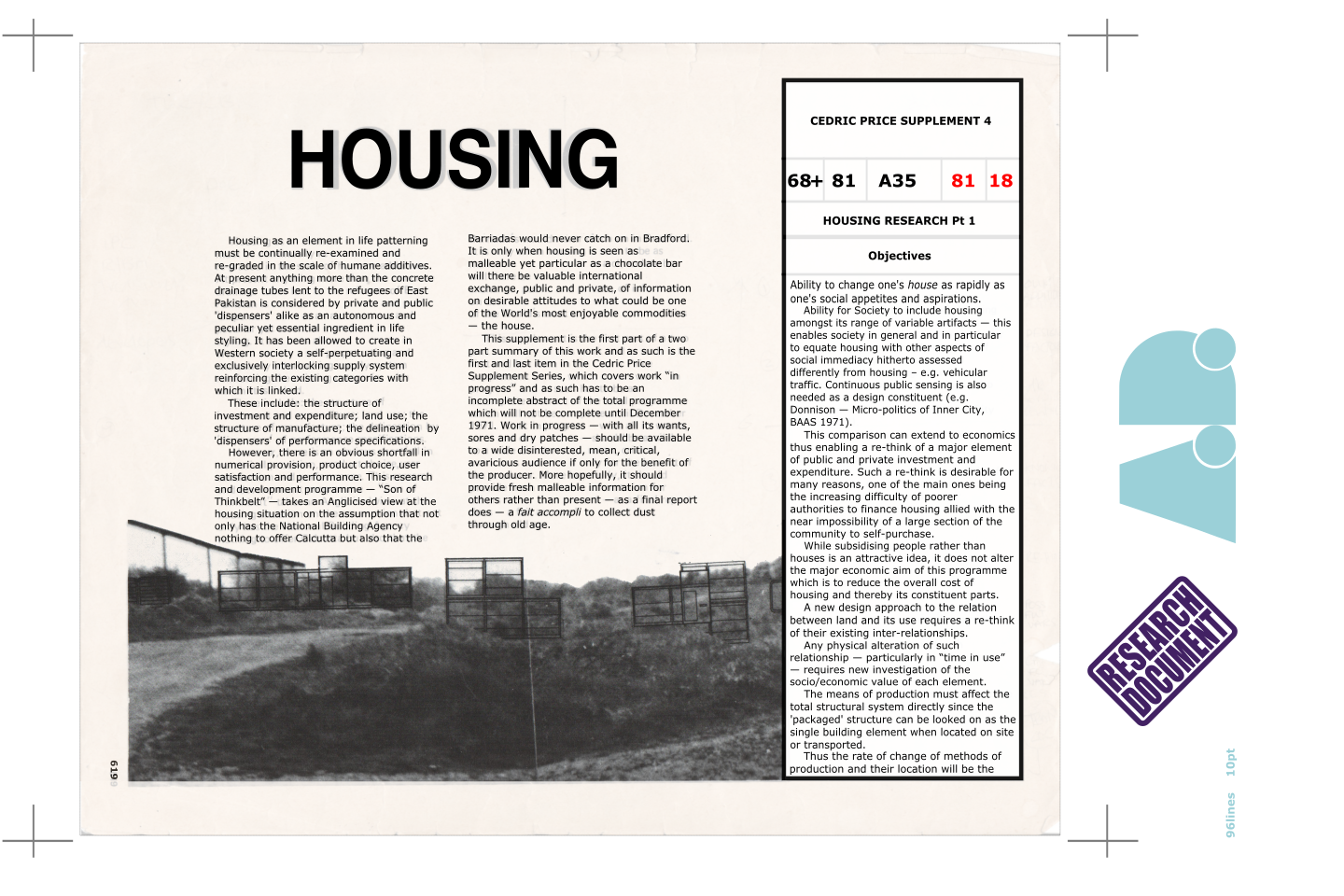
|
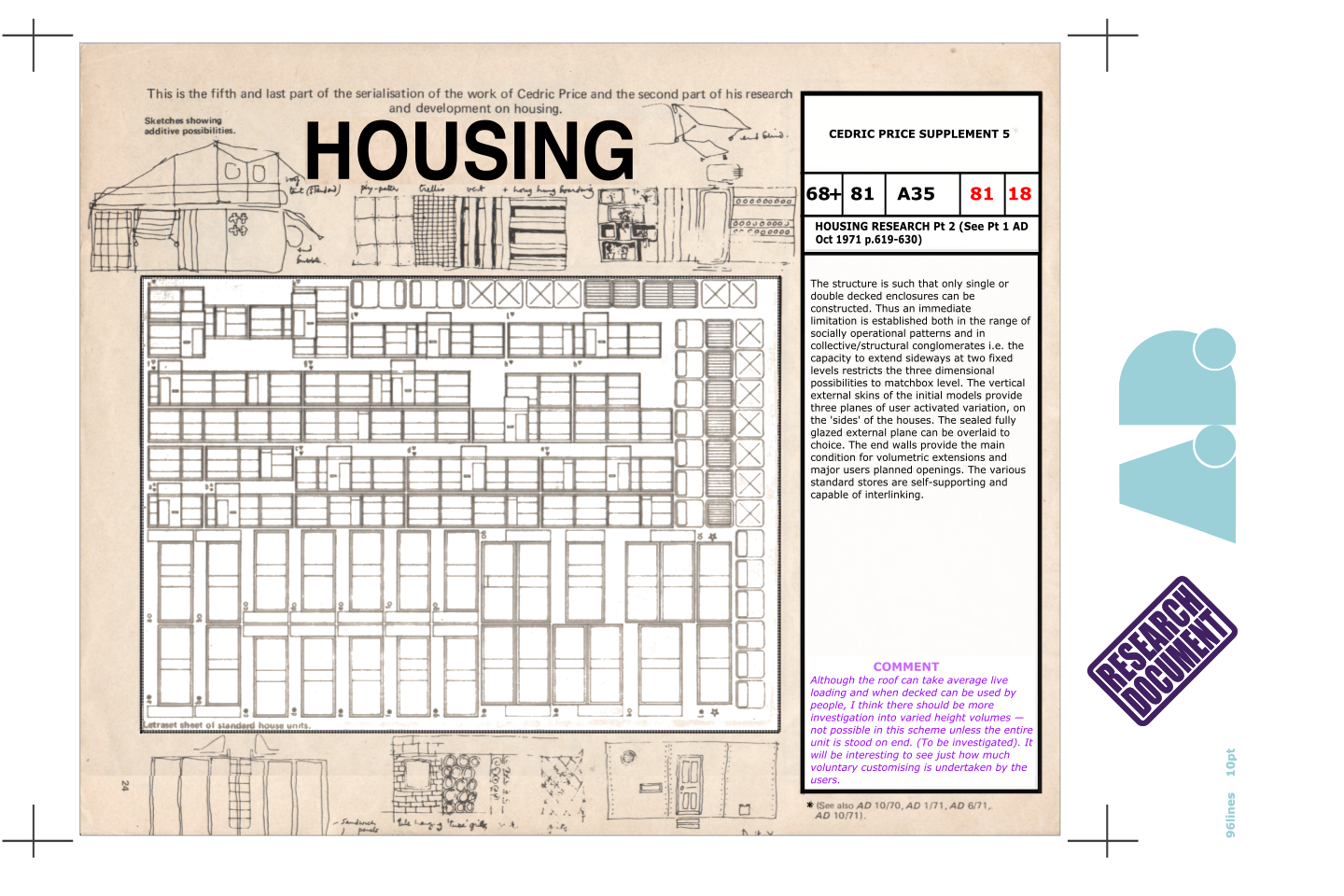
|
• Link to mock-up of abstract Pt 1 (left) Link to mock-up of abstract Pt 2. Source: Norman Fellows
|
• Timeline graphic. Source: ChatGPT, edited by Norman Fellows |
[edit] PREFACEIn 1995, Brenda Vale wrote:—
Given the infinite regress argument against so-called “permanent" housing built in the UK between 1918 and 1968 it seems rational to take the THP as a starting point for further ongoing research. [1] |
[edit] INTRODUCTION
|
In her introduction, Brenda Vale wrote:—
In 'Housing in the UK', Norman Fellows identified an infinite regress in housing in the UK from Tudor Walters in 1918 to Parker Morris in 1968. However, this follow-up article assumes:—
Thus the purpose of this follow-up article is:—
|
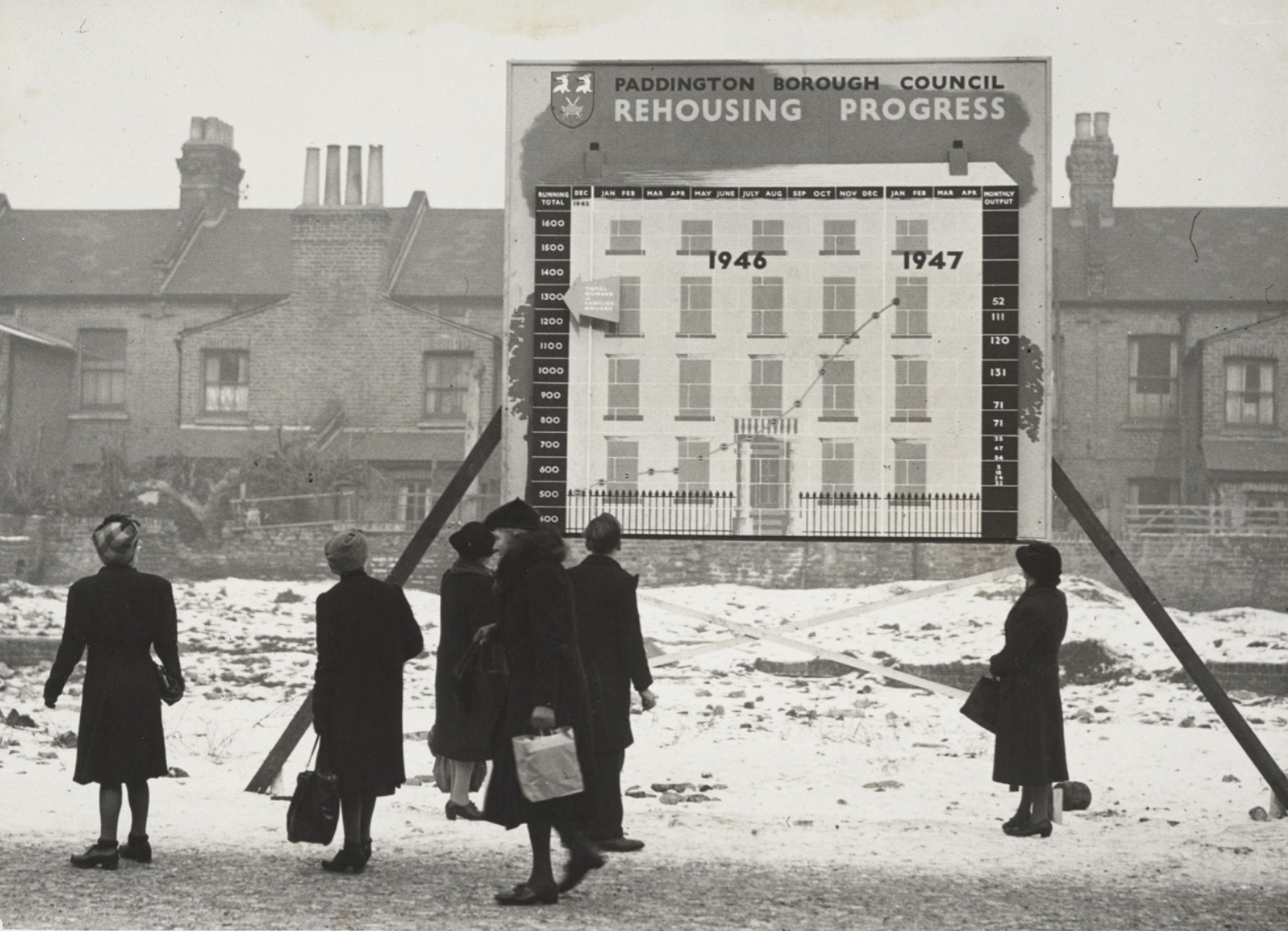 • Progress graph, Paddington. Source: Hutton Archive/Getty Images • Progress graph, Paddington. Source: Hutton Archive/Getty Images
|
[edit] IDENTIFYING A PROGRESSION
|
John Temple has argued:—
However, the so-called "permanent dwellings" he refers to were the product of a long-life dwelling philosophy and therefore part of the ongoing regress. Thus the argument from anticipatory design proposes:— The following items are listed here in relation to the THP:—
See checklist (right) for links to AI generated research. |
|
[edit] • TEMPORARY HOUSING PROGRAMME
For further information see 'PERIOD ONE: 1944-1949', DOMESTIKIT: UK |
[edit] • SHORT LIFE HOUSING STUDY—U.K.According to Cedric Price:—
and explained:—
• Selected images from 'Housing Research'. Source: Cedric Price Cedric Price also raised the following key points:—
and explained:—
For further information see '1967 SHORT LIFE HOUSING STUDY—U.K.' in 'PERIOD TWO: 1965-1971', DOMESTIKIT: UK |
[edit] • DOMESTIKITWork on Domestikit began in January 1972 with the publication of the second part of the summary by Cedric Price, namely:—
However, the title was not coined by Norman Fellows until October 1972 after a reading of a soliloquy entitled 'I Figure' published in 'Ideas and Integrities' in 1963 in which Buckminster Fuller discussed the idea of a "World-Wide Dwelling Service" (p.109). Domestikit itself was not actually published by Norman Fellows until 10 January 1978 at a meeting with Cedric Price at 38 Alfred Place.
• Selected digitized items from the Domestikit Catalogue — Source: Domestikit on 3D Warehouse For further information see 'PERIOD THREE: 1972-1977', DOMESTIKIT: UK |
[edit] CONCLUSION
This article concludes:—
- ... that the prefabs built in the UK from 1944 to 1949 as part of the THP were a precedent for Cedric Price's short life housing study UK.
- ... that Cedric Price's short life housing study UK was a precedent for Domestikit.
However, there is an argument against progressive housing as exemplified by Cedric Price's short life housing and hence Domestikit.
Therefore this article also concludes:—
- ... that further ongoing research is required.
[edit] Notes
[1] A working hypothesis was constructed by Norman Fellows In 'Housing in the UK'. It is provisionally accepted in this article as a basis for further ongoing research.
[edit] APPENDIX - AI GENERATED QUESTIONNAIRE
Note: AI can make mistakes - these questions should be checked before use.
Cedric Price has suggested:—
- ... that, in relation to housing, there is an indeterminate situation rather than a soluble problem; and
- ... that housing, houses, house and home may be unhooked.
[edit] • HOUSING |
[edit] • HOUSES |
• Screenshots of initial questions from 'Expediency' by Cedric Price. Source: Pinboards, Norman Fellows
- "The second range of questions to determine such things as the (continuous or intermittent) rate of production, range of products, frequency of alteration in demand and the nature of such alteration must be related to the initial questions and not 'packaged' for the convenience of the programmers."
- (Cedric Price, ib.)
[edit] • HOUSE |
[edit] • HOME |
• Screenshots of second range of questions from 'Expediency' by Cedric Price. Source: Pinboards, Norman Fellows
NOTE:—Glimpses of some of the implications of such questions can be obtained by clicking on the 'Learn More' links.
Further, Cedric Price asked:—
- "Why should anyone assume that such a display of intellectually edible concepts will ever reduce, when challenged with the hunger for somewhere to LIVE?"
- (ib.)
[edit] Bibliography
John Temple (2022) 'A Radical and Progressive Legacy: Labour’s Housing Record, 1945 to 1951', Labour History Review, vol. 87, no. 1, Liverpool University Press
John Temple (2023) 'Slaying Squalor: An assessment of Labour's housing record, 1945 to 1951', ResearchGate
Ministry of Public Building and Works (1944) 'Demonstration Houses: A Short Account of the Demonstration Houses & Flats erected at Northnolt', HMSO
Brenda Vale (1995) 'Prefabs: A History of the UK Temporary Housing Programme', drive.google.com
[edit] Related articles on Designing Buildings
Featured articles and news
RTPI leader to become new CIOB Chief Executive Officer
Dr Victoria Hills MRTPI, FICE to take over after Caroline Gumble’s departure.
Social and affordable housing, a long term plan for delivery
The “Delivering a Decade of Renewal for Social and Affordable Housing” strategy sets out future path.
A change to adoptive architecture
Effects of global weather warming on architectural detailing, material choice and human interaction.
The proposed publicly owned and backed subsidiary of Homes England, to facilitate new homes.
How big is the problem and what can we do to mitigate the effects?
Overheating guidance and tools for building designers
A number of cool guides to help with the heat.
The UK's Modern Industrial Strategy: A 10 year plan
Previous consultation criticism, current key elements and general support with some persisting reservations.
Building Safety Regulator reforms
New roles, new staff and a new fast track service pave the way for a single construction regulator.
Architectural Technologist CPDs and Communications
CIAT CPD… and how you can do it!
Cooling centres and cool spaces
Managing extreme heat in cities by directing the public to places for heat stress relief and water sources.
Winter gardens: A brief history and warm variations
Extending the season with glass in different forms and terms.
Restoring Great Yarmouth's Winter Gardens
Transforming one of the least sustainable constructions imaginable.
Construction Skills Mission Board launch sector drive
Newly formed government and industry collaboration set strategy for recruiting an additional 100,000 construction workers a year.
New Architects Code comes into effect in September 2025
ARB Architects Code of Conduct and Practice available with ongoing consultation regarding guidance.
Welsh Skills Body (Medr) launches ambitious plan
The new skills body brings together funding and regulation of tertiary education and research for the devolved nation.
Paul Gandy FCIOB announced as next CIOB President
Former Tilbury Douglas CEO takes helm.
UK Infrastructure: A 10 Year Strategy. In brief with reactions
With the National Infrastructure and Service Transformation Authority (NISTA).






